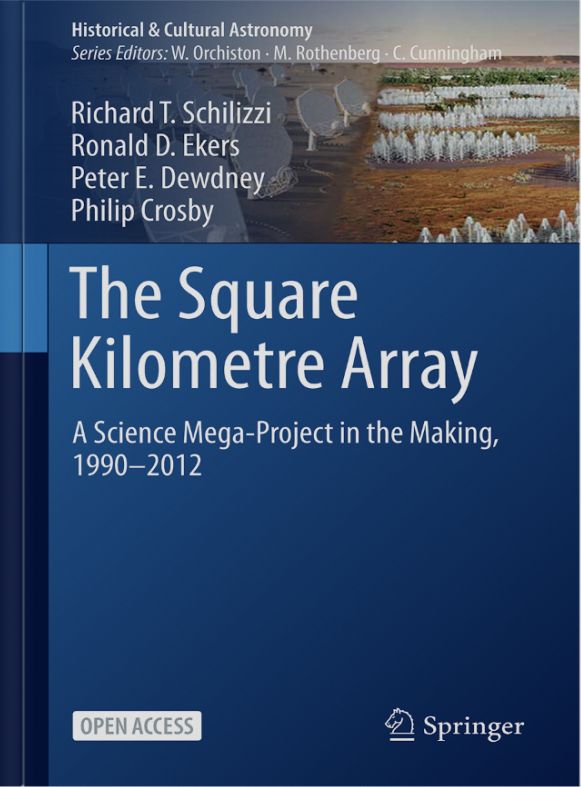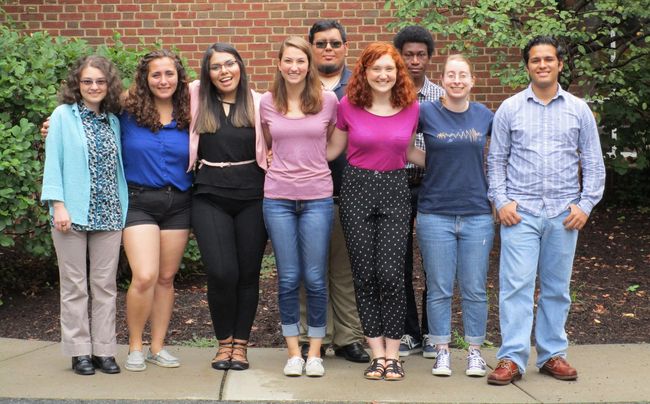Kimberly Emig
@kimager.bsky.social
140 followers
95 following
13 posts
(she/her)
Assistant Scientist at the #NRAO.
Commissioning the #ALMA 2030 Wideband Sensitivity Upgrade 📡
Using Radio Recombination Line observations to learn about how galaxies and their interstellar media evolve! ✨
Posts
Media
Videos
Starter Packs
Reposted by Kimberly Emig
Reposted by Kimberly Emig
Emily Hunt
@emily.space
· Aug 19
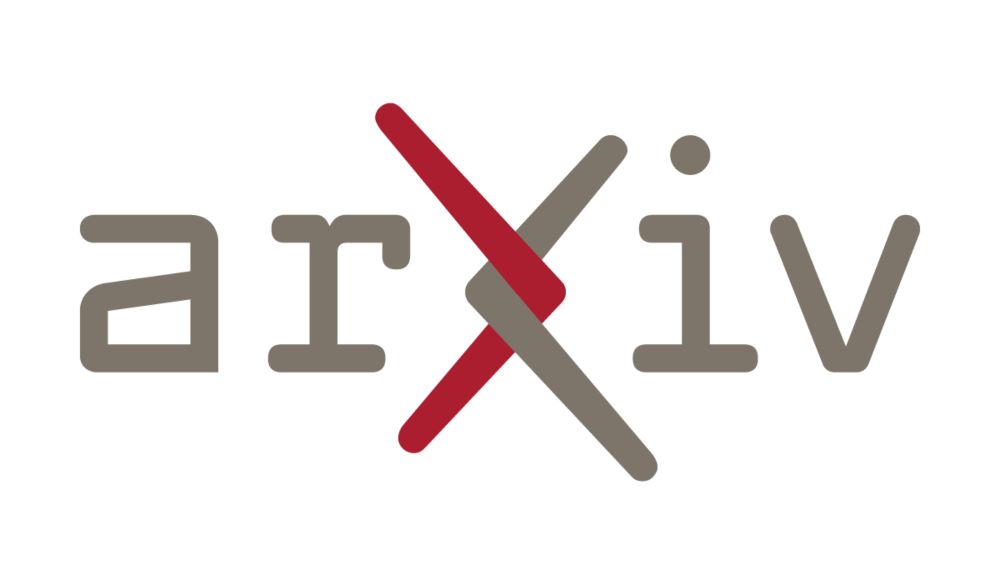
How many stars form in compact clusters in the local Milky Way?
Two main models coexist for the environment in which stars form. The clustered model stipulates that the bulk of star formation occurs within dense embedded clusters, but only a minority of them survi...
arxiv.org
Reposted by Kimberly Emig
Alexis Quintana
@alexis-space.bsky.social
· Aug 19
Emily Hunt
@emily.space
· Aug 19

How many stars form in compact clusters in the local Milky Way?
Two main models coexist for the environment in which stars form. The clustered model stipulates that the bulk of star formation occurs within dense embedded clusters, but only a minority of them survi...
arxiv.org
Reposted by Kimberly Emig
Reposted by Kimberly Emig
Reposted by Kimberly Emig
Reposted by Kimberly Emig
Reposted by Kimberly Emig
Phil Plait
@philplait.bsky.social
· Apr 11
AAS Gravely Concerned About Cuts to NASA Science Funding | American Astronomical Society
The American Astronomical Society is gravely concerned about the deep cuts to NASA science funding reported to be in the draft President’s Budget Request for Fiscal Year 2026.
aas.org
Kimberly Emig
@kimager.bsky.social
· Apr 9
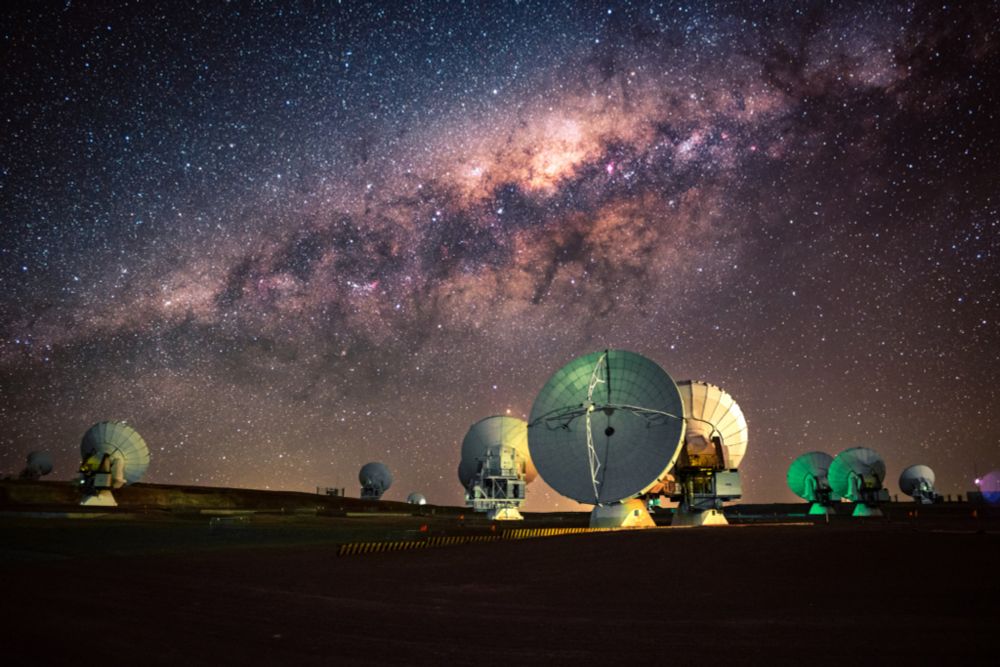
ALMA Detects First-Ever Hydrogen Recombination Lines From Proplyd Disks in Densely Packed Orion Nebula Cluster - National Radio Astronomy Observatory
Most stars form in clusters, where hundreds to thousands of stars coevolve in proximal environmental conditions that dictate how...
public.nrao.edu
Kimberly Emig
@kimager.bsky.social
· Apr 3
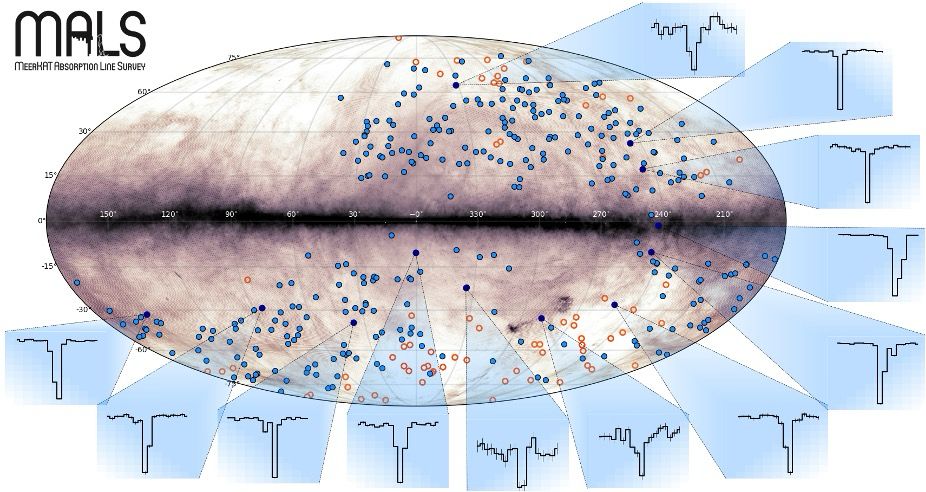
Milky Way’s cold gas clouds mapped in unprecedented detail by the MeerKAT Absorption Line Survey - South African Radio Astronomy Observatory - NRF/SARAO
0:00 Using the data from the most sensitive radio telescope on Earth, the MeerKAT telescope in South Africa, an international team of astronomers has released the most comprehensive catalog of cold hy...
www.sarao.ac.za
Reposted by Kimberly Emig
Kimberly Emig
@kimager.bsky.social
· Apr 2
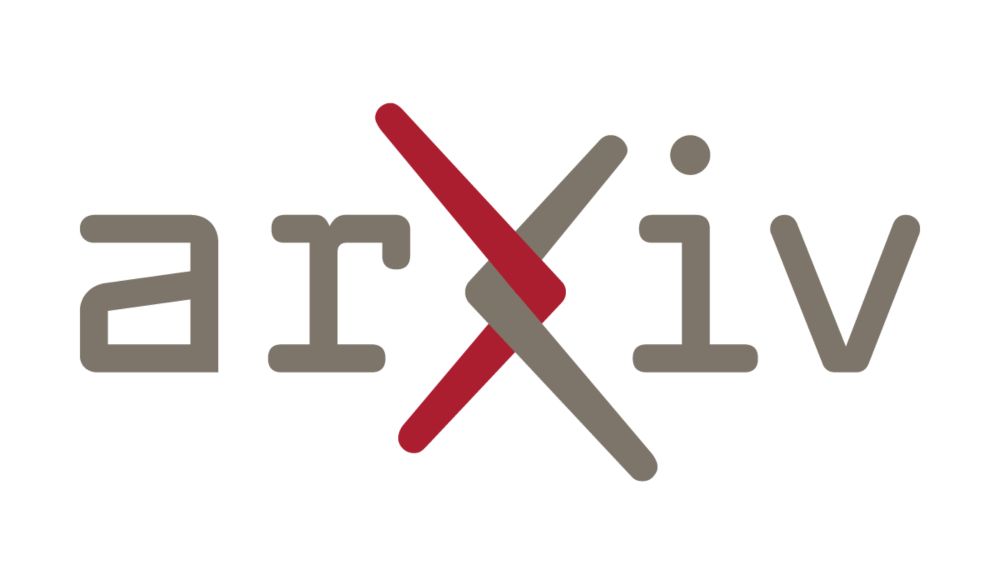
The MeerKAT Absorption Line Survey (MALS) data release 3: Cold atomic gas associated with the Milky Way
We present results of a blind search for Galactic HI 21-cm absorption lines toward 19130 radio sources, using 390 pointings of MALS, each pointing centered on a source brighter than 200 mJy. We detect...
arxiv.org
Reposted by Kimberly Emig
Reposted by Kimberly Emig
Reposted by Kimberly Emig
Reposted by Kimberly Emig
Reposted by Kimberly Emig
Reposted by Kimberly Emig
Reposted by Kimberly Emig
Reposted by Kimberly Emig
Reposted by Kimberly Emig
Reposted by Kimberly Emig
Reposted by Kimberly Emig










